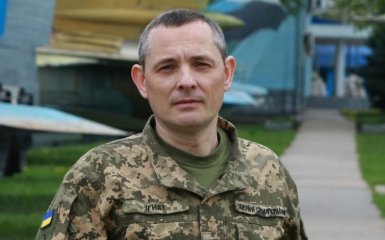On the night of January 30, air defence forces shot down 15 out of 35 Russian drones. Most of them were aimed at front-line or border areas.
Why did air defence forces down a small percentage of drones
The Air Force spokesman, Colonel Yuriy Ignat, explained on the telethon air that there is less time to shoot down drones in the front-line and border areas.
For some, it may be strange. We are used to seeing, perhaps, 100% beating. It is necessary to explain to people. This is not a change of tactics. The enemy strikes with different numbers of UAVs in different directions and from different directions, Ignat said.
The spokesman noted that the Russians directed most of the 35 drones to the front-line territories, close to the battle line, the state border, and so on.
In this way, the enemy tried to hit various objects (military, civilian, fuel, and energy sector) close to their border or occupied territory.
Consequences of the drone attack on the night of January 30
In the Kyiv region, a fire broke out on the territory of one of the enterprises due to falling debris. In the administrative building and hangar, three cars were damaged.
There are no victims or victims among the population.
In the Donetsk region, one person died, and one was injured as a result of a night attack on Myrnograd. The Russians fired a missile at the annexe of the hotel — at the time of the attack, there were about 30 people in the hotel, but they were not injured.
In the Cherkasy region in the Uman district, a "shahed" hit an abandoned building.
In the Dnipropetrovsk region, in the Kryvyi Rih district, a drone targeted civilian infrastructure. A fire broke out, which the rescuers have already put out.
In Mykolayiv Oblast, a truck caught fire due to falling drone debris, and the fire was promptly extinguished. The driver received a brain injury.
In the Kherson region, two drones damaged a warehouse on the enterprise's territory. No casualties.
In Kharkiv Oblast, at least six drones attacked Zmiiv. A civilian enterprise and residential buildings were damaged. Two people were injured — 52- and 61-year-old men.




